Full name Henry Wilfred Austin Name Bunny Austin Country (sports) Great Britain Role Tennis player Retired 1939 | Turned pro 1926 (amateur tour) Height 1.76 m Handed Right-handed | |
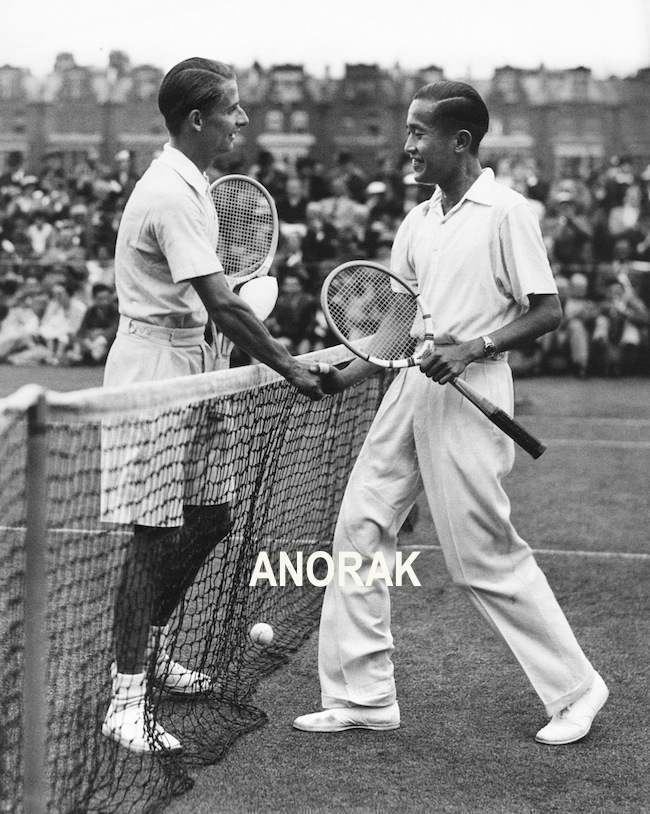 | ||
Born 20 August 1906London, England ( 1906-08-20 ) Plays Right-handed (1-handed backhand) Highest ranking No. 2 (1931, A. Wallis Myers) Died August 20, 2000, Coulsdon, United Kingdom | ||
Int. Tennis HoF 1997 (member page) | ||
American player john donald budge and english player bunny austin in the wimbledo hd stock footage
Henry Wilfred "Bunny" Austin (20 August 1906 – 20 August 2000) was a British tennis player from England. For 74 years, he was the last Briton to reach the final of the gentlemen's singles at Wimbledon, until Andy Murray did so in 2012. He was also a finalist at the 1937 French Championships and a championship winner at Queen's Club. Along with Fred Perry, he was a vital part of the British team that won the Davis Cup in three consecutive years (1933–35). He is also remembered as the first tennis player to wear shorts.
Contents
- American player john donald budge and english player bunny austin in the wimbledo hd stock footage
- Donald budge defeats bunny austin in wimbledon and helen wills moody beats helen hd stock footage
- Tennis career
- Personal
- References
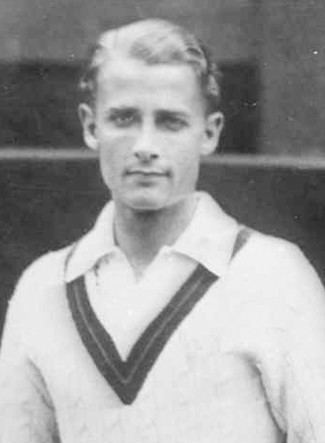
Austin was brought up in South Norwood, London. The nickname "Bunny" came from a comic strip, Pip, Squeak and Wilfred. Encouraged by his father, who was determined that he become a sportsman, he joined Norhurst Tennis Club aged six.
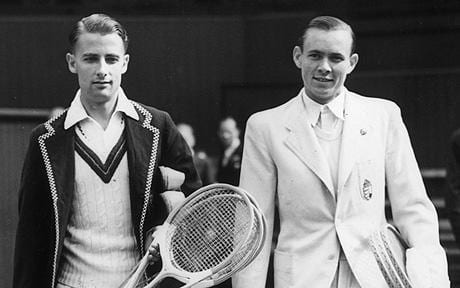
Donald budge defeats bunny austin in wimbledon and helen wills moody beats helen hd stock footage
Tennis career
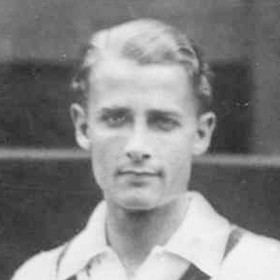
Austin was educated at Repton School, and studied history at Pembroke College, Cambridge.

While still an undergraduate at Cambridge University, he reached the semi-finals of the men's doubles at Wimbledon in 1926. In 1931, A. Wallis Myers of The Daily Telegraph ranked Austin as the World No. 2. In his first Wimbledon men's singles final in 1932, he was beaten by Ellsworth Vines of the United States in three sets.
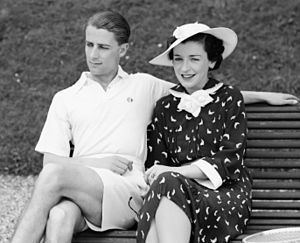
In 1932, he decided that the traditional tennis attire, cricket flannels, weighed him down too much. He bought a pair of shorts to use at Forest Hills and subsequently became the first player to wear them at Wimbledon.
In the years 1933-6, he and Fred Perry helped win the Davis Cup for Britain.
Austin also pioneered the design of the modern tennis racquet by inventing the 'Streamline' – a racquet with a shaft that splits into three segments – allowing for aerodynamic movement. The design was manufactured by Hazells and at the time was mocked in the press for looking like a snow shoe. After Austin's retirement, the design was virtually forgotten until the reintroduction of the split shaft in the late 1960s.
In his Wimbledon career, Austin reached the quarter-finals or better 10 times. In 1938, he played Don Budge in the final, but won only four games. The next year, he was seeded first, but lost in an early round. It was the last time he played at Wimbledon.
Personal
He married actress Phyllis Konstam in 1931, after meeting her on a transatlantic liner while travelling for the US Open, and together they were one of the celebrity couples of the age. Austin played tennis with Charlie Chaplin, was a friend of Daphne du Maurier, Ronald Colman, and Harold Lloyd, and met both Queen Mary and President Franklin Delano Roosevelt.
Austin and his wife worked for the cause of the Oxford Group and Moral Re-Armament. According to Austin's friend Peter Ustinov, Austin was "disgracefully ostracised by the All-England Club because he was a conscientious objector". In fact, he served as a private in the US Army Air Force, 1943–45. A voting member of the Membership Committee of the All-England Club had been removed from the Cambridge tennis team during Austin's captaincy, and used the excuse of Austin's alleged proselytism for the Oxford Group as an excuse for denying him reinstatement in the All-England Club after a lapse of dues payment. His membership of the club was restored in 1984, the year the obstructing member died.
Only during Austin's tenure in the Air Force did he discover that he suffered from Gilbert's syndrome, which explained his occasional and sudden fatigue on the court.
Austin's autobiography, written with his wife, A Mixed Double, was published in 1969.
After a serious fall in 1995, Austin moved to a nursing home at Coulsdon, London. He died in 2000 on his 94th birthday. Just a few months earlier, he had joined other past Wimbledon champions and finalists on Wimbledon's Centre Court for a millennium-year parade of champions.
Austin was inducted into the International Tennis Hall of Fame at Newport, Rhode Island, in 1997. A biographical novel was published about Austin in October 2012, by Gregory Wilkin, entitled The Rabbit's Suffering Changes: Based on the True Story of Bunny Austin, the Last British Man—Until Murray—to Play in the Finals of Wimbledon.
His sister Joan Austin was also a tennis player.
